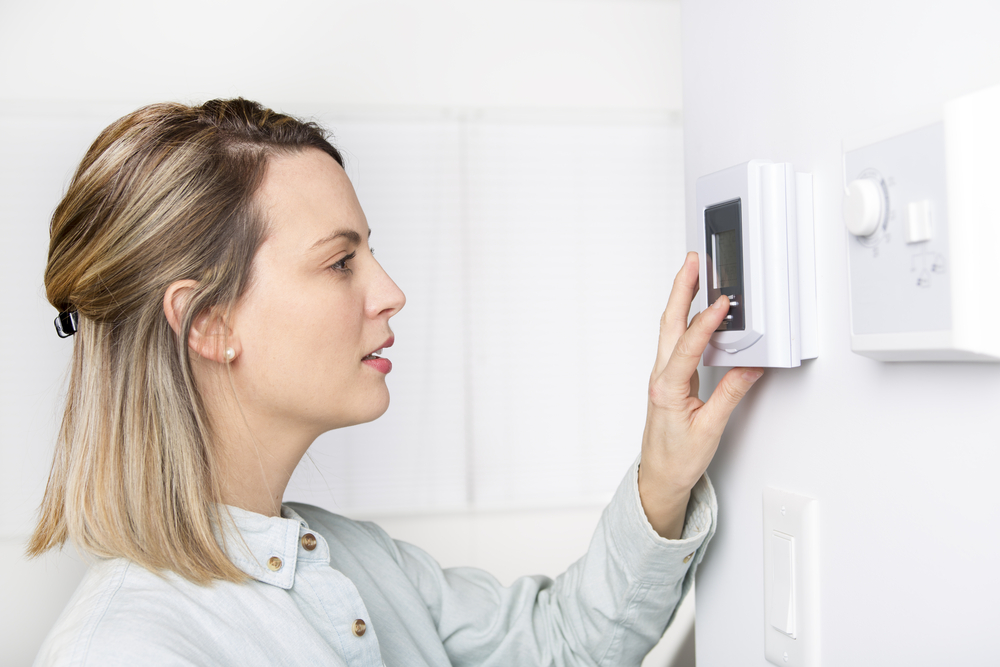
Posted on June 26, 2019
When temperatures begin climbing in the late spring, your home energy bills may start to reflect that as well. You can manage your energy use wisely and cut your costs with a little preparation. To gain the biggest savings, you’ll need to make sure everyone in the house is on board with the changes.
Here are 10 tips to help you use less energy and save money on your utilities:
1. Close internal doors and vents. Don’t waste energy cooling your guest room or bathrooms that are not being used. Shut vents and doors to close off areas of the house you’re not using.
2. Turn your kitchen appliances off. Ovens and stovetops can raise your kitchen’s temperature up by 10°F. Try to keep cooking to other devices, such as the microwave, slow cooker or outdoor grill. Also consider, making foods that require no heat, such as salads.
3. Be aware of electronic devices. Placing heat-generating devices, like lamps or televisions near thermostats can trick them into believing the room is hotter than it is. Make sure electronics are turned off or unplugged when not in use.
4. Use fans. A ceiling fan can help a room feel up to 10°F cooler and uses just 10% of the energy of a central air conditioner. Set your ceiling fans in the counterclockwise direction to pull the cooler air up and circulate it around the room. In addition, make sure your attic fan is working, which promotes proper cross ventilation and keeps your home cooler.
5. Turn off lights. During the day, keep the lights turned off and rely on natural light. At night, only use lights in rooms that you are in.
6. Program your thermostat. Keep your home warmer than normal when you’re away and keep it as high as comfortable while home. Avoid setting your thermostat at a cool setting when you turn on your air conditioner, as it could lead to excessive cooling and unnecessary expense.
7. Close your shades. Keep your curtains and blinds closed during the warmest parts of the day to prevent the sun from heating your room, especially if the windows are south-facing.
8. Wash with cold or warm water. About 90% of the energy used by your washing machine goes toward heating the water, so using the cold or warm cycle instead will save you a large amount of electricity.
9. Wait before you refrigerate. Let hot food cool down a bit and properly wrap it before refrigerating. Placing hot or uncovered food in the refrigerator can create moisture, raising the refrigerator’s internal temperature and putting the compressor into overdrive. Just be sure to refrigerate it within two hours.
10. Turn down the temperature of the water heater. Water heating accounts for around 18% of energy consumption in the home. Turn it down to a warm setting (120°), versus a hot setting.